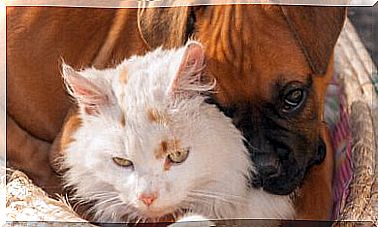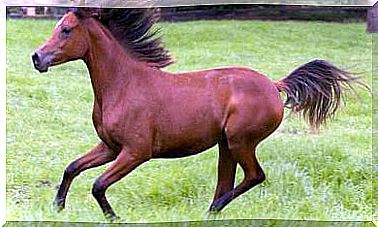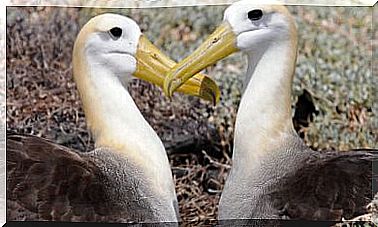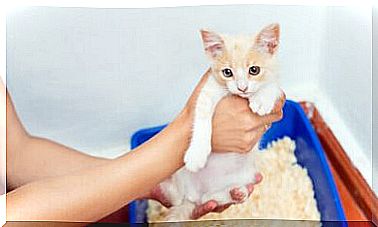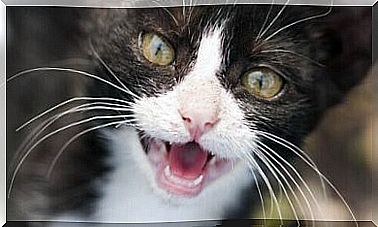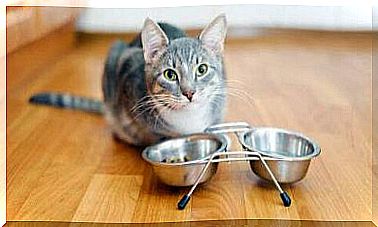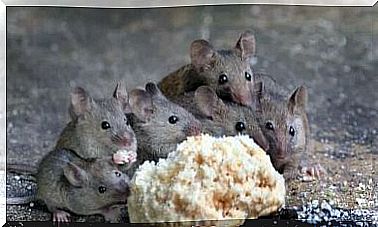Interpreting Feline Behavior
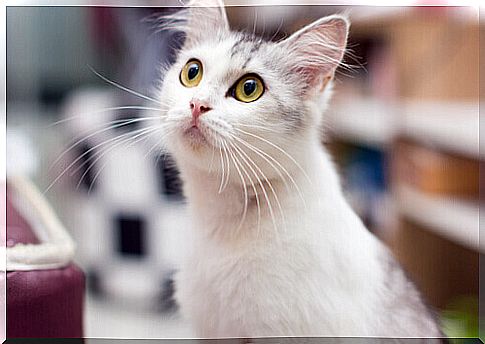
Are you able to interpret feline behavior? Do you know, for example, what your cat wants to tell you when it meows or rubs its head against you?
Probably those of you who have lived with these fantastic beasts for a long time already know the answer or, at the very least, have your own theories about it.
In this article we want to share with you, whether or not you are new to cats, our interpretation of feline behavior.
Different ways of meowing
Meowing is up to the cat as speaking is up to us. But just as we don’t say the same things or use the same tone, cats have different forms of meowing, which depend from one animal to another and from one breed to another.
Cat meows can have different meanings and you have to learn to interpret them, also referring to the context in which they are emitted.
Let’s see some examples:
- Show joy for your return home.
- Greet you.
- Get noticed.
- Asking for food.
- Ask to go out.
- As a reminder of heat or to show one’s willingness to fight.
- Out of pain or frustration.
In addition to meowing, cats purr, hiss, or growl.
This last verse is usually interpreted as a defense mechanism put in place when the animal is faced with a potential enemy or in a situation that scares it.
Purring on the other hand can mean that your cat feels good and comfortable around you. However, because in some cases the cat purrs even when it feels pain or is sick, many people consider this feline behavior as a form of self-care.
The strange habit of “kneading” and rubbing your head against you
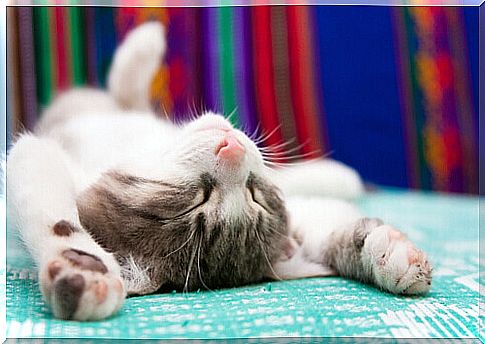
Sometimes your cat presses its paws against a part of your body, in a rhythmic and constant way: this feline behavior is known as “making bread” or kneading.
It is a movement through which your cat communicates how much pleasure it gives him to be near you. It is the same movement he did as a puppy when he was with his mother: it is in fact also called the “milk dance”, precisely because it is the massage that the puppies do around the mother’s nipples to facilitate the release of milk.
Once an adult, your furry friend repeats this movement that reminds him of the pleasant moments when they were taking milk from their mother.
On the other hand, when he rubs his head against you, he is not only showing his affection, but also marking you with his scent: in fact, cats have scent glands, located in the chin, around the eyes and on the sides of the head. through which they secrete pheromones.
At this point you can not help but surrender: you are his!
Short manual of interpretation of feline body language
To understand what your cat wants to tell you, you will need to learn how to interpret its body language. So watch out for your cat’s ears, tail and eyes.
Ears
- Tips : curiosity.
- Bend Down : Aggression.
- Lean back : aggression or fear.
- Lean forward : relaxation.
Tail
- Upside : happiness.
- When he shakes it : anger.
- Downward sloping : tiredness.
- Between the paws : anger or fear.
- When moving slowly : concentration.
- If he jerks it from side to side : annoyance and anger.
- Tense, rigid and vertical, with the tip towards one side : curiosity or interest in something.
- Tense, shaking only the tip : annoyance.
- Swollen and arched : defensive position that can become an attack.
Eyes
- Well open : curiosity and joy.
- Ajar : sleepiness.
- With dilated pupils : fright that can turn into aggression.
Furthermore…
- If he stretches his neck, stretching his head towards you : it is a sign of trust, he is demanding cuddles from you.
- If it arches its back, it has dilated pupils and a raised hair : anger and a defensive position.
Additional notes to better understand your cat
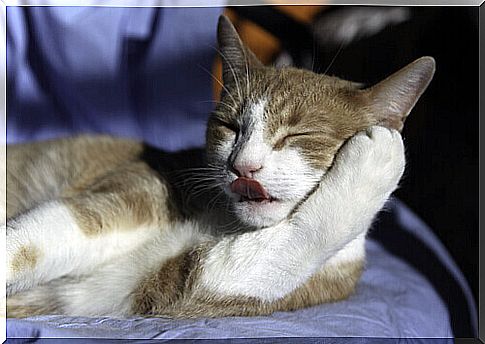
Here are some other elements that may be useful for you to understand your cat’s language:
- If he stretches one of his paws to touch you, he clearly wants to show you his affection.
- If he gently scratches you he wants to get your attention.
- If he licks your hair, face or hand, he is doing you a kind of grooming : feel honored, because this feline behavior means that your kitty regards you as one of the pack.
- If he tries to bite your ankles, making small ambushes for you, it means that he is playing chase : perhaps the time has come to buy him a mouse with wheels so that he can chase him and have fun.
- If he scratches the window panes, it is likely that he has seen another cat outside, or a bird, or perhaps his own reflection, and since the glass forms a barrier between him and what he has seen, he tries in this way to tear it down.
- If he sits in the newspaper while you are reading it, he may like the texture of the paper. Or more likely, he wants you to put aside what you are reading to give it your full attention.
- If he scratches you or even bites you while you are stroking him, it means that he is tired of your cuddles: it is his way of telling you to stop.
